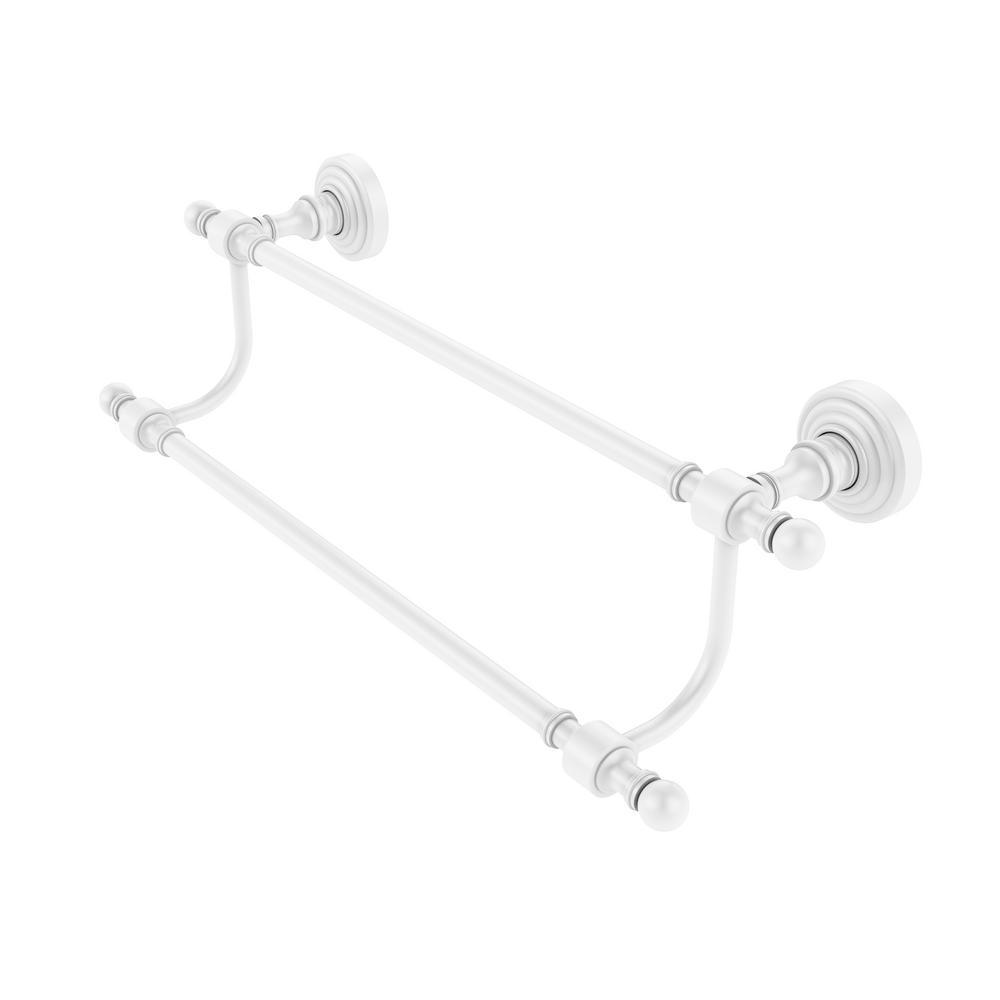Repairability cad cam ceramics feldspar ceramic zirconia reinforced lithium silicate ceramics.
Lucid reinforce press ceramic dental.
Gc initial lrf block is an innovative new leucite reinforced feldspar ceramic block that offers the highest aesthetics of traditional feldspathic porcelain with added flexural strength by adding the perfect combination of leucite ceramic.
Dental ceramics can be classified in a number of different ways including by their composition processing method fusing temperature microstructure translucency fracture resistance and abrasiveness.
We work with all the major implant manufacturers and are experts in creating custom abutments using the biomet 3i encode system atlantis abutments and procera.
Short communication open access.
Lithium disilicate and layered zirconia appear to be the most prevalent materials used for single unit anterior crowns.
1 for the purposes of this article the term ceramic is used to include all metal free restorations generally all ceramic restorations have been confined to the anterior region until.
A protocol for repair of dental cad cam ceramics using resin composite.
The products have been reduced to what is necessary to be successful and cost effective in a rapidly changing market.
As it is seen ceramic restorations are adopted by patients and dentists however the problem of chipping or fracture are made which made it crucial to repair it intra orally.
Vita vm 11 for the individualization of restorations made of zirconia reinforced lithium silicate ceramic zls especially for vita suprinity pc.
Leucite reinforcement of glass ceramic offers increased flexural strength and resistance against possible crack formations and chipping at the margins.
These ceramics consist of the feldspathic porcelains the.
Zirconiareinforced lithium silicate ceramics in not reparable using the tested conditioning protocols.
Only the most commonly used dental ceramics and those of historical interest will be described.
These materials offer the necessary mechanical properties as well as sufficient optical characteristics needed in this type of restoration.
Ceramic arts has been providing dentists with implant solutions for over 30 years.
Current materials for all ceramic restorations are reinforced with the addition of a variety of crystalline phases to the restorative mass such as leucite alumina and zirconia.
Vita vm 9 for the veneering of zirconia substructures with a cte of approximately 10 5.
In section 12 2 of this chapter the different types of glasses and glass ceramics will be presented and classified as a function of their microstructure and physical and chemical properties from which the clinical applications are derived.
Our long term experience and continuous education has earned us a reputation for excellence in implant restorations.
With the increase in aesthetics demand in dentistry all ceramic restorations are in high demand.

